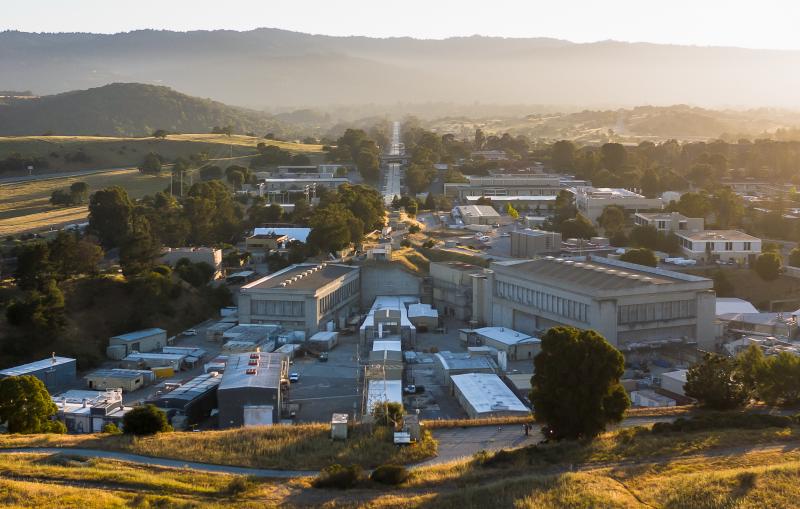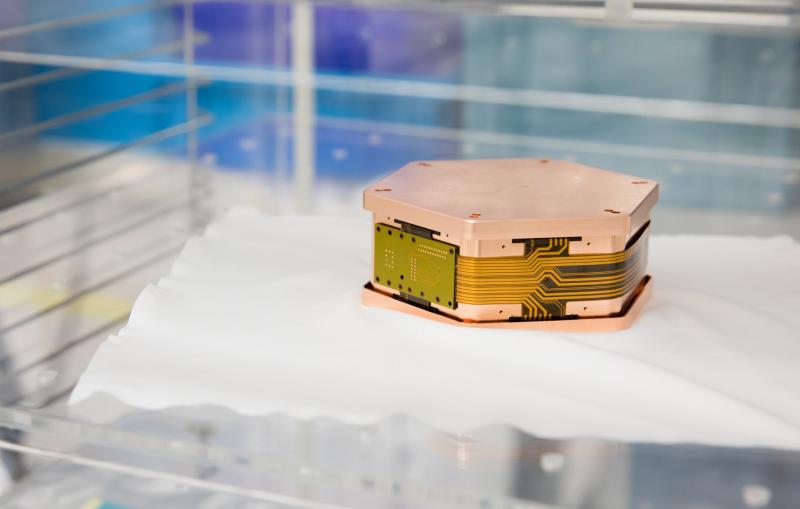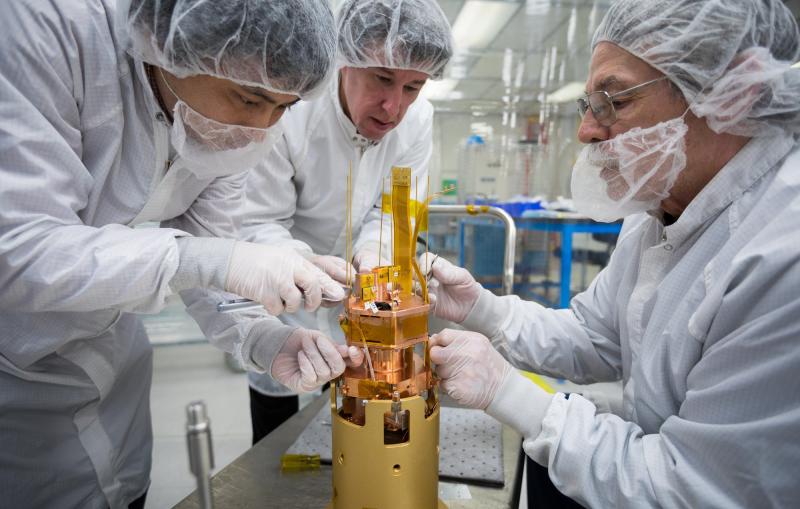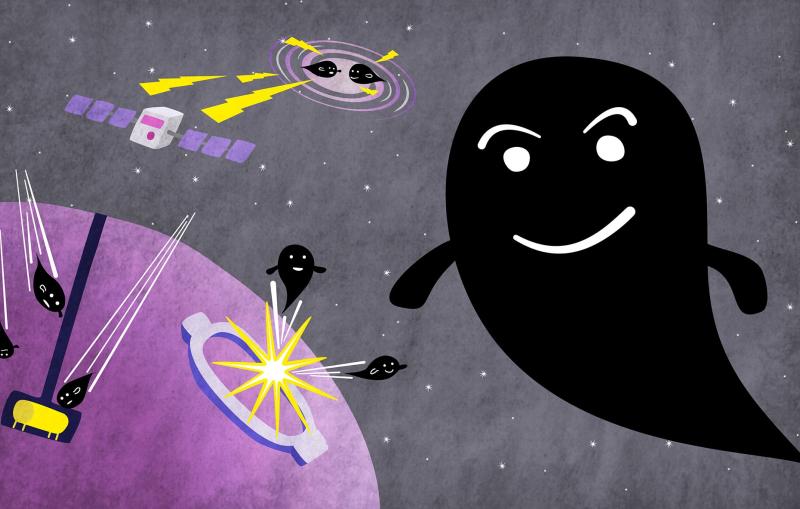February 28, 2014
CDMS Result Covers New Ground in Search for Dark Matter
In a newly announced result from the Cryogenic Dark Matter Search experiment, scientists have placed a more stringent limit on "light," or low-mass, dark matter. SLAC and Stanford members of CDMS created the detectors used in the search, and SLAC graduate student Kristi Schneck was a key member of the analysis team that produced the result.
symmetry magazine The Cryogenic Dark Matter Search has set more stringent limits on light dark matter.
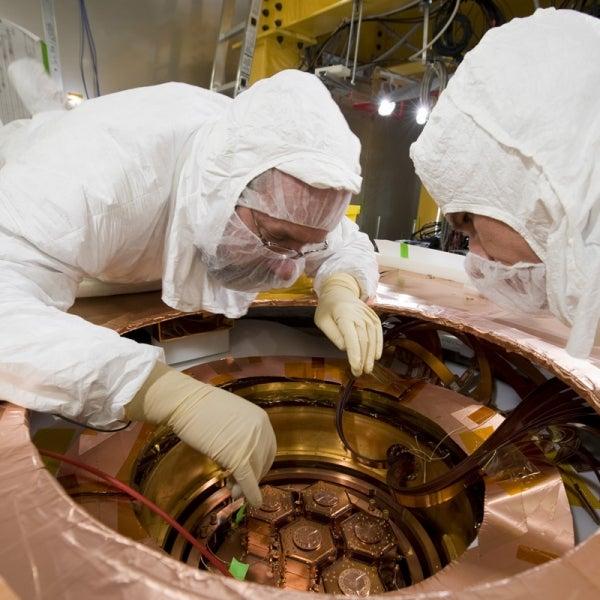
Dig Deeper
